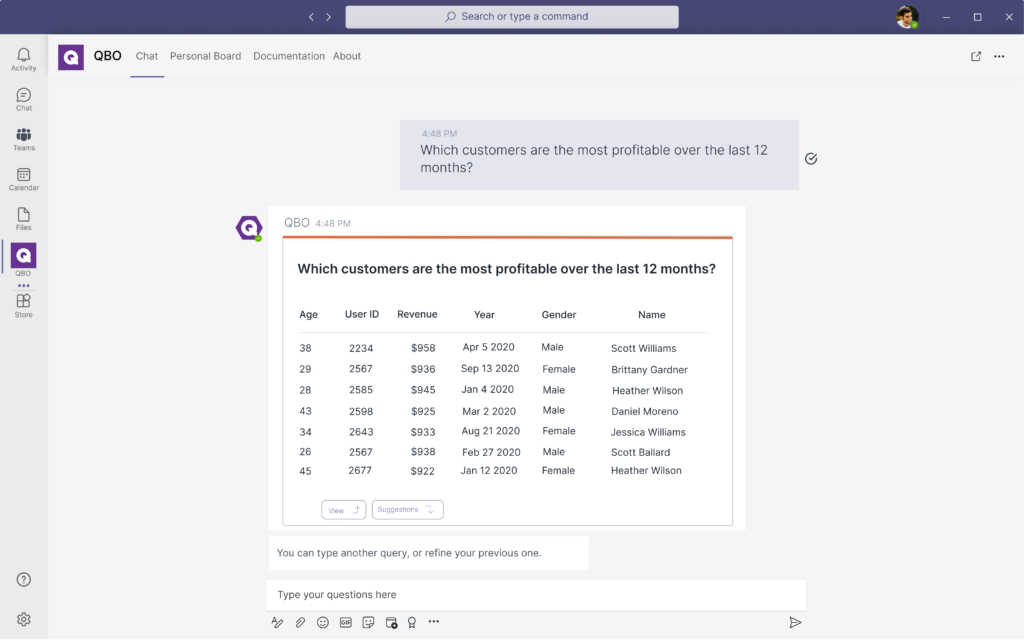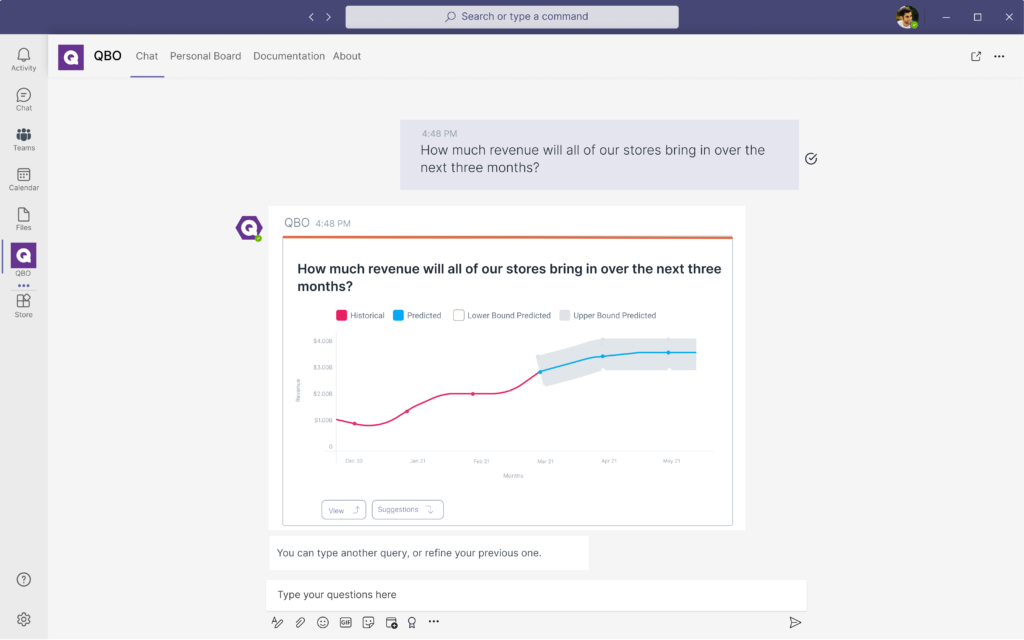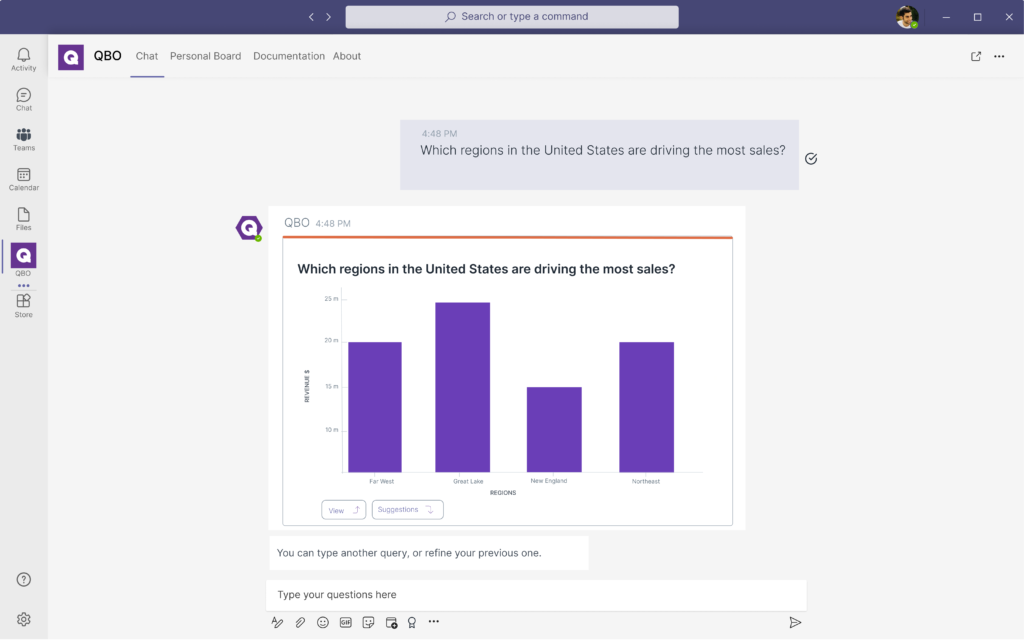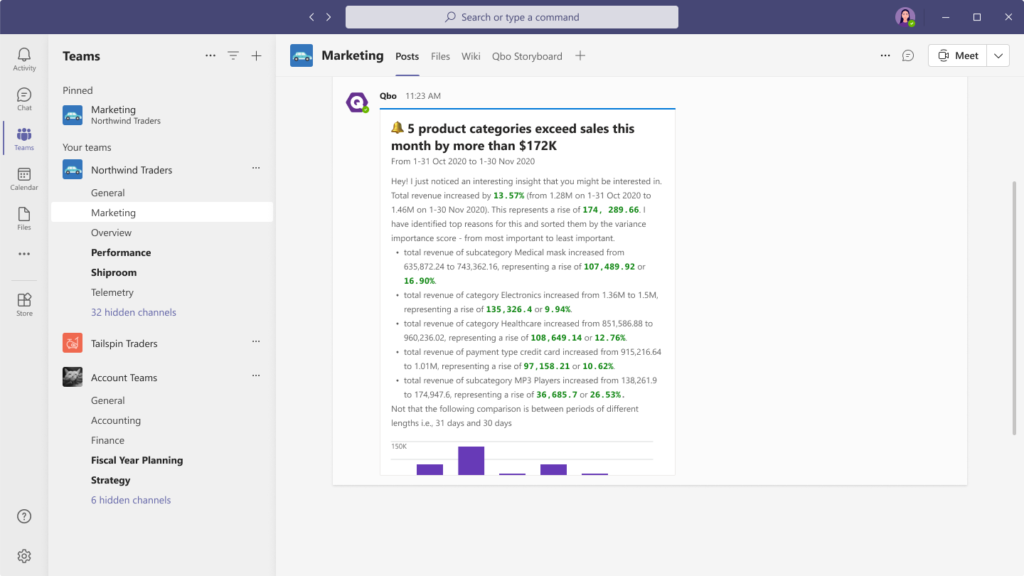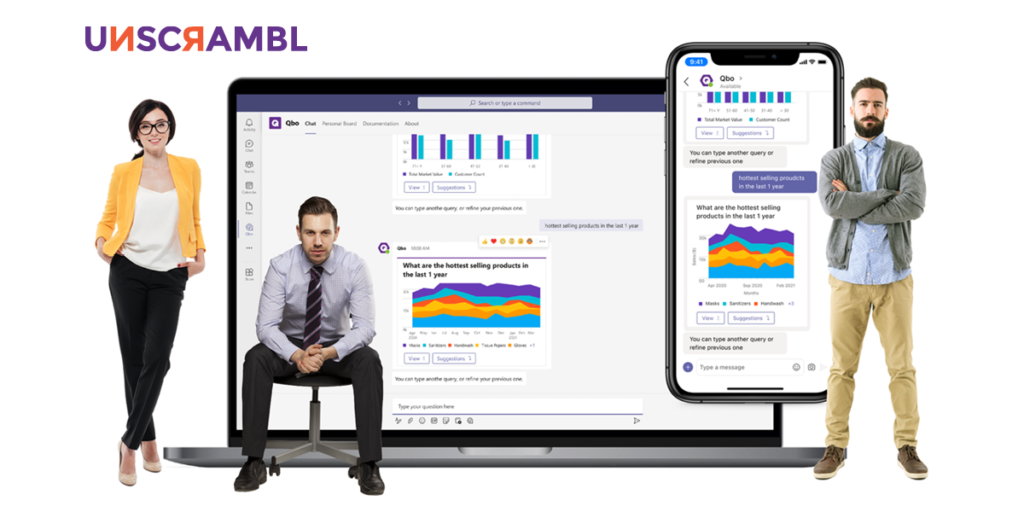 7 Minutes
7 Minutes

Why Is My Analytics Failing Me? What You Must Know
Many businesses and organizations today have invested heavily in data analytics and business intelligence. In fact, Gartner projects that analytics and business intelligence spending will reach $27.4 billion in 2020 and continue to grow at a rate of 14.3% by 2024.
However, having the BI tools on hand plus a willingness to utilize data for business decisions isn’t enough. Many data analytics projects and initiatives fail, leaving organizations and teams disheartened.
Time-sensitive opportunities are lost, departmental KPIs aren’t met and insights can often become murky, leaving users across the company exasperated and confused.
Accurate Analytical Insights Are Key For Organizations To Thrive
As organizations accelerate their efforts to become more data-driven, companies looking to stay competitive will have to review their analytics project failures and take steps to remedy them.
According to Gartner, through 2022, only 20% of insights from analytics projects will successfully deliver business outcomes.
From optimizing product delivery timings and reducing customer churn to uncovering valuable revenue opportunities that might launch new business lines, data is fast becoming the lifeblood that sustains organizations and helps them innovate ahead.
While there are many root causes for analytics failure, they are largely grouped into three categories – technical capabilities, individual competencies, and project planning.
Thankfully, with the right approach, users and organizations will be able to turn a failing analytics project into a smashing success and reap the benefits of business intelligence!
In this article, we will be going through seven critical reasons why your data analytics projects are floundering and what you must do to solve the underlying problems.
7 Reasons Why Your Data Analytics Projects Are Failing (And How To Remedy Them)
1. Your Data Is Disparate & Not In One Central Place
Businesses generate a variety of data across multiple business operations. That means disparate data that are siloed away across different data storages.
This causes two major problems that hinder the optimal operation of data analytics across the organization.
Firstly, because data is not in one place, this requires consolidation of these disparate data (both structured and unstructured) into data marts by data analysts and experts in order to get richer and more accurate insights.
This additional preparation and consolidation step results in delays, which is detrimental in today’s fast-paced environment, that might often result in outdated insights.
Secondly, this could be seen by users across teams as a hassle that disincentivizes them to even conduct a data analysis – or worse, use only partial information to derive insights that will likely result in flawed business decisions.
How to solve this:
Shift from on-premise data storage solutions to a centralized cloud SaaS data warehouse, such as Snowflake or Cloudera.
Not only will it enhance the utility of your data analytics tool, it also provides additional benefits such as flexible scaling of your data storage needs, lowers costs as well as reducing the need for a large IT team.
2. Your Analytics Tools Are Too Difficult & Complex To Utilize
According to Gartner, a whopping 87.5% of organizations have low BI & data analytics maturity. In addition, a survey done has found that the deployment rate of BI tools across organizations averages only 17%.
A big contributor to this reality is that many analytical tools, likely including yours, are too complex to be utilized effectively.
The majority of self-service business intelligence tools today require users to learn specific search strings and terms as well as the preparation of data models – work normally handled by data analysts.
This hinders widespread adoption of BI and analytical tools across the organization and departments, requiring a data expert to be on-call whenever teams need to conduct data analysis for insight generation.
How to solve this:
Thankfully, modern business intelligence powered by augmented analytics and machine learning allows the average user to get up to speed and swiftly utilize the platform to glean actionable insights from data.
Qbo, for example, is powered by conversational analytics, allowing users to simply ask questions to their datasets – like how they would in a normal conversation.
Highly intuitive questions such as “Which customers are the most profitable over the last 12 months?” can be asked with insights being generated instantaneously.
3. Your Organization’s Data Literacy Is Not High Enough
Data literacy is the ability for teams and users to be able to effectively read and utilize data to derive accurate insights that can drive business value.
While investing in the latest data analytics tools is increasing, Gartner estimates around 50% of organizations are not deriving business value from their BI tools specifically due to low data literacy rates.
A consequence of low data literacy rates means users will not be able to differentiate and appreciate the four different types of data analytics – descriptive analytics, diagnostic analytics, prescriptive analytics, and predictive analytics.
In practice, that means asking the wrong questions to the business intelligence tool, which will result in the wrong type of insights being derived. At best, this will cause either a roadblock in generating actionable insights or at worse, cause decision-makers to take action on flawed insights, neither of which is a desirable outcome.
How to solve this:
Building your organization’s data literacy from the ground up involves many steps and pillars that need to be established.
From goal setting and showcasing data-driven success stories to peer learning and utilizing a highly intuitive BI tool, we have you covered with our master guide on driving data analytics adoption.
4. Your Reports Are Pre-Defined In A Volatile Business Environment
Pre-defined dashboards and reports are commonplace in many self-service BI platforms, however, that contributes to a flawed data analytics experience.
Today’s business environment is highly volatile with competitors innovating at lightning speed and technology getting more complex and variables getting more interconnected than ever before.
Additionally, as we move towards an era of IoT and 5G, greater amounts of data are being generated exponentially, requiring users to be agile and data analytics tools requiring ad-hoc reporting capabilities.
Many data analytics tools have a focus on ‘pretty graphs’ which showcase vanity metrics, resulting in users wasting time beautifying data than meaningfully consuming the insights.
How to solve this:
Thankfully, this problem is a technical one and can be solved by utilizing a modern BI platform that can aid users by showcasing insights with the most relevant and intuitive visualizations.
Qbo, for example, utilizes natural language processing and machine learning to augment its business intelligence capabilities. This allows the BI tool to showcase insights in highly intuitive visualizations.
5. You Lack Real-Time Insights
Business moves fast and your competition might be moving faster. Unfortunately, most data analytics is conducted using historical data that is fast becoming outdated – especially when analysis is conducted during fixed intervals.
As a consequence, many organizations lack the provision of real-time insights.
While there is value in weekly and monthly data analysis, organizations are missing out on real-time insights that showcase opportunities that are developing in the here and now.
For example, an immediate spike in refunds could indicate massive customer dissatisfaction or a faulty product. Without real-time insights of such happenings, by the time this is detected and resolved, a company’s bottom-line and reputation could take a severe hit.
Additionally, when data analytics is being used in healthcare, such as the monitoring of pandemics, real-time insights are critical for quick medical intervention to save lives and reduce the spread of infections.
The need for real-time analytical capabilities today cannot be overstated.
How to solve this:
Selecting a business intelligence tool that provides real-time alerts is key in getting real-time insights that allow you to make fresh and timely business decisions.
Qbo, for example, utilizes machine-initiated conversations that engage users first when there’s some benefit in informing users of some analysis & quickly learns when and when not to initiate an alert.
6. Analytical Models Are Only Accessible To Data Experts & Specialists
Analytical models allow users to gain context into the problem they are looking to solve and more importantly, provides a framework of the queries to ask their business intelligence platform.
However, in many organizations, analytical models are only accessible to specialists, resulting in reworks and delays stemming from iterative refinements.
This not only results in delayed insights but also makes it harder to establish a data-driven culture across teams and users.
How to solve this:
With the right business intelligence solution, such as Qbo, users will be able to easily access different types of analytical models by simply asking the right questions conversationally.
No need for any complex knowledge that would otherwise take years to accumulate and refine.
7. The Inability To Effectively Convey Insights To Decision-Makers & Team Members
While deriving accurate and actionable insights is important, so is having the ability to convey their importance to key decision-makers in your organization.
Data storytelling is an important skill that not only helps business leaders to win support on their project initiatives, they also play an integral role in helping to improve data literacy within an organization.
Data storytelling provides the bridge between valuable insights and impactful decision-making and is one of the harder soft skills that are absolutely necessary for long-term data analytics success.
How to solve this:
To develop the skill to tell compelling data stories – you’ll need to educate your teams holistically on the strategic use of visualizations, narrative, and storytelling principles.
Learn how to accomplish this in just 6-steps with our comprehensive data-driven storytelling master guide here.
Start Attaining Data Analytics Success Today
At Unscrambl, we seek to help organizations harness the full potential of their data and that means making business intelligence highly intuitive and accessible to every user across enterprises.
That’s why we created Qbo, a conversational analytics BI tool that makes data democratization easy and addresses the common challenges businesses face when trying to gain valuable insights into their data.
Ready to get started?
Embark on a free 14-day trial today and start driving results in your data analytics efforts!

